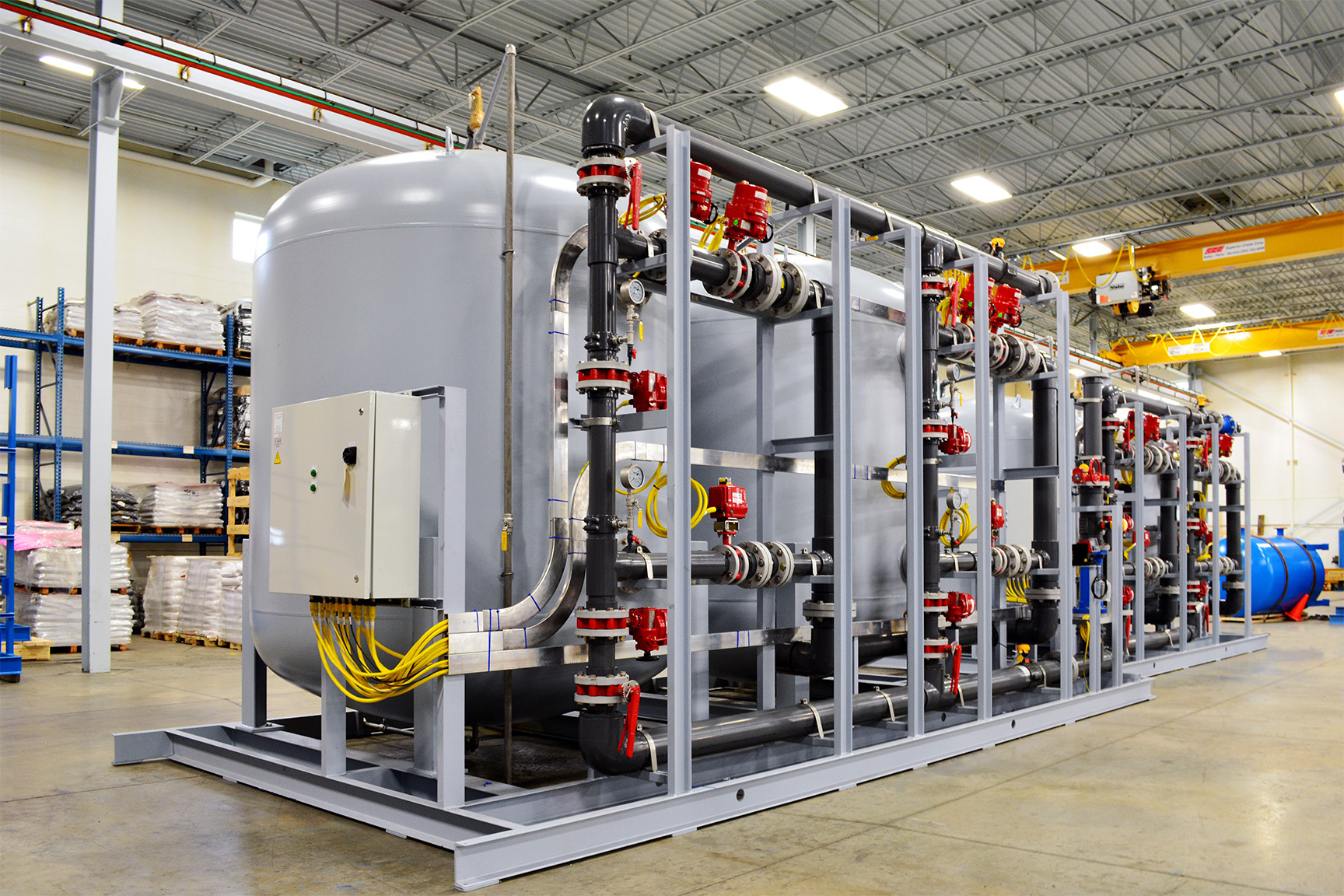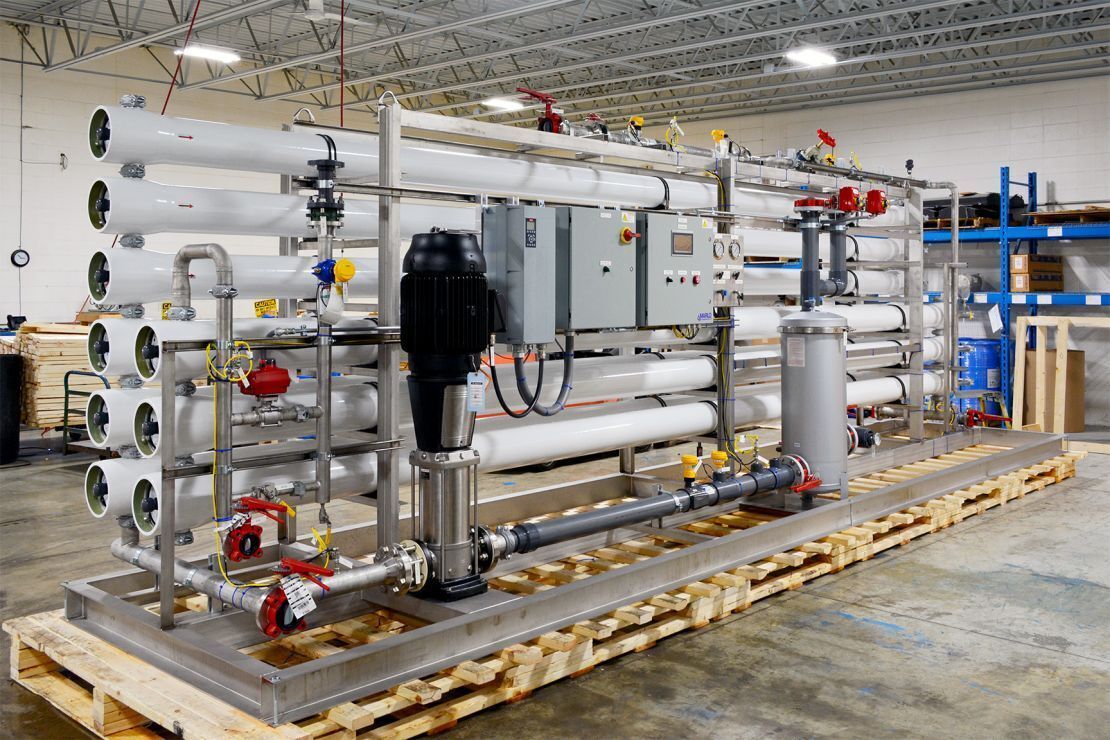Overview of PSAS treatment technologies
A major goal of the Borough's recently commissioned PFAS study is to determine which treatment options would work best for the Borough's water system.
What are the three common treatments for PFAS?
Granular Activated Carbon (GAC)
- A porous adsorption media typically made from wood, coconut shells, coal, or peat, and used for water purification.
- Adsorption is a process of concentrating a substance located in a gas or liquid at the surface of a solid. The substance adsorbed is held to the solid by chemical forces.
- GAC is a proven technology with high removal efficiencies (up to 99.9%). Regenerative carbon beds allow for easy recovery of adsorption media.
- Carbon media is cheaper than ion exchange resin but doesn't last as long.
- Similar footprint, installation cost, and operating cost as ion exchange.
Ion Exchange (IX)
- Ion exchange is a treatment process where water passes through a bed of synthetic resin. Negatively charged contaminants in the water are exchanged with more innocuous negatively charged ions, typically chloride, on resins surface.
- Proven to provide great than > 99% removal.
- Resins can be regenerated to restore it to its initial condition. The regeneration process uses sodium chloride (known as brine).
- The sent brine is a concentrated solution of removed contaminants and must be disposed of properly.
- Ion exchange treatment can lower the pH of treat water.
Reverse Osmosis (RO)
- Reverse Osmosis (aka nanofilitration) is a membrane-separation technique in which a semi-permeable membrane allows water to pass through while preventing the passage of organic and inorganic dissolved, colloidal, and particulate matter.
- Will provide > 99% removal of PFOA & PFOS.
- Useful in removing a wide range of contaminants, including inorganics, dissolved solids, and synthetic organic chemicals.










